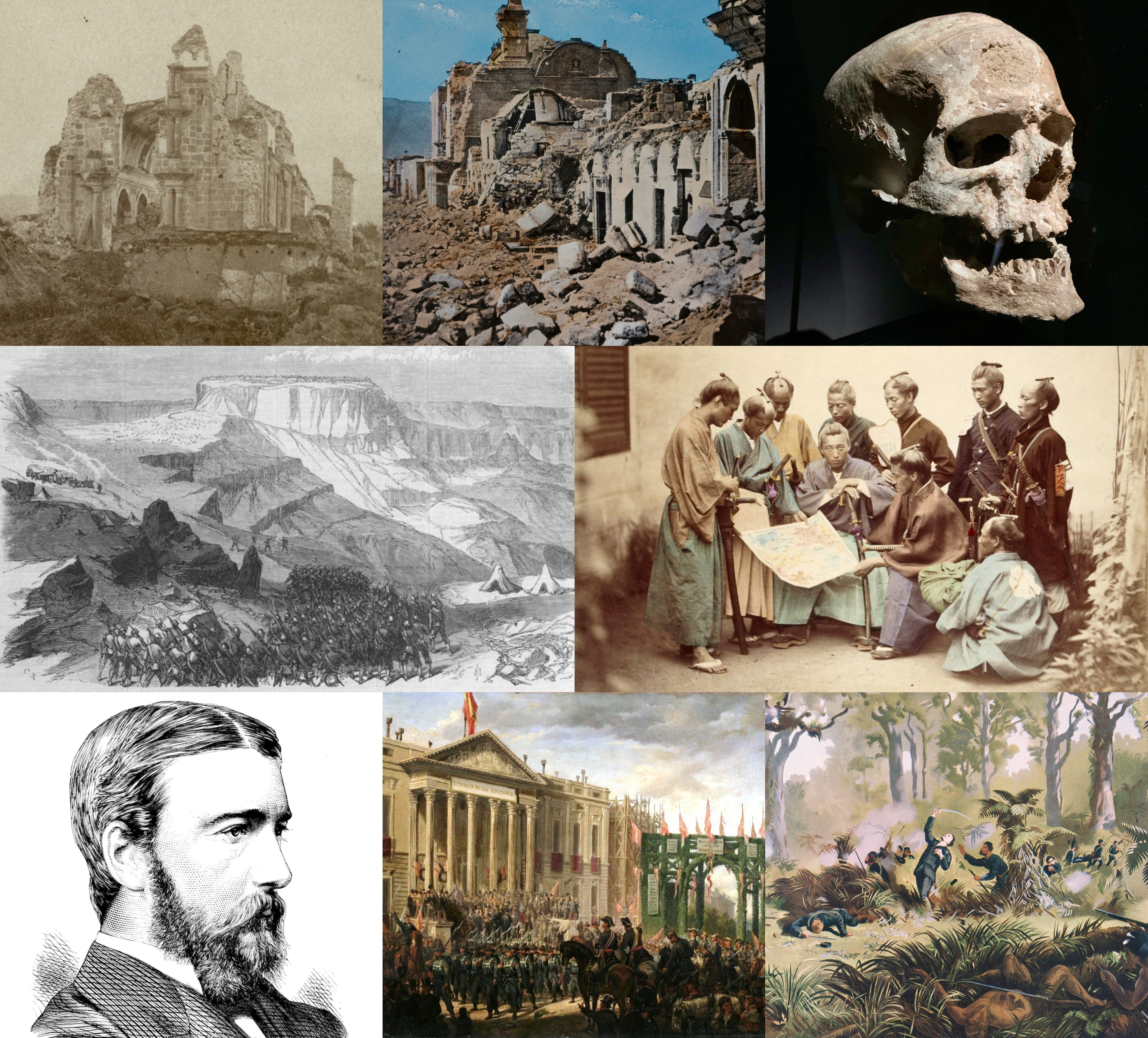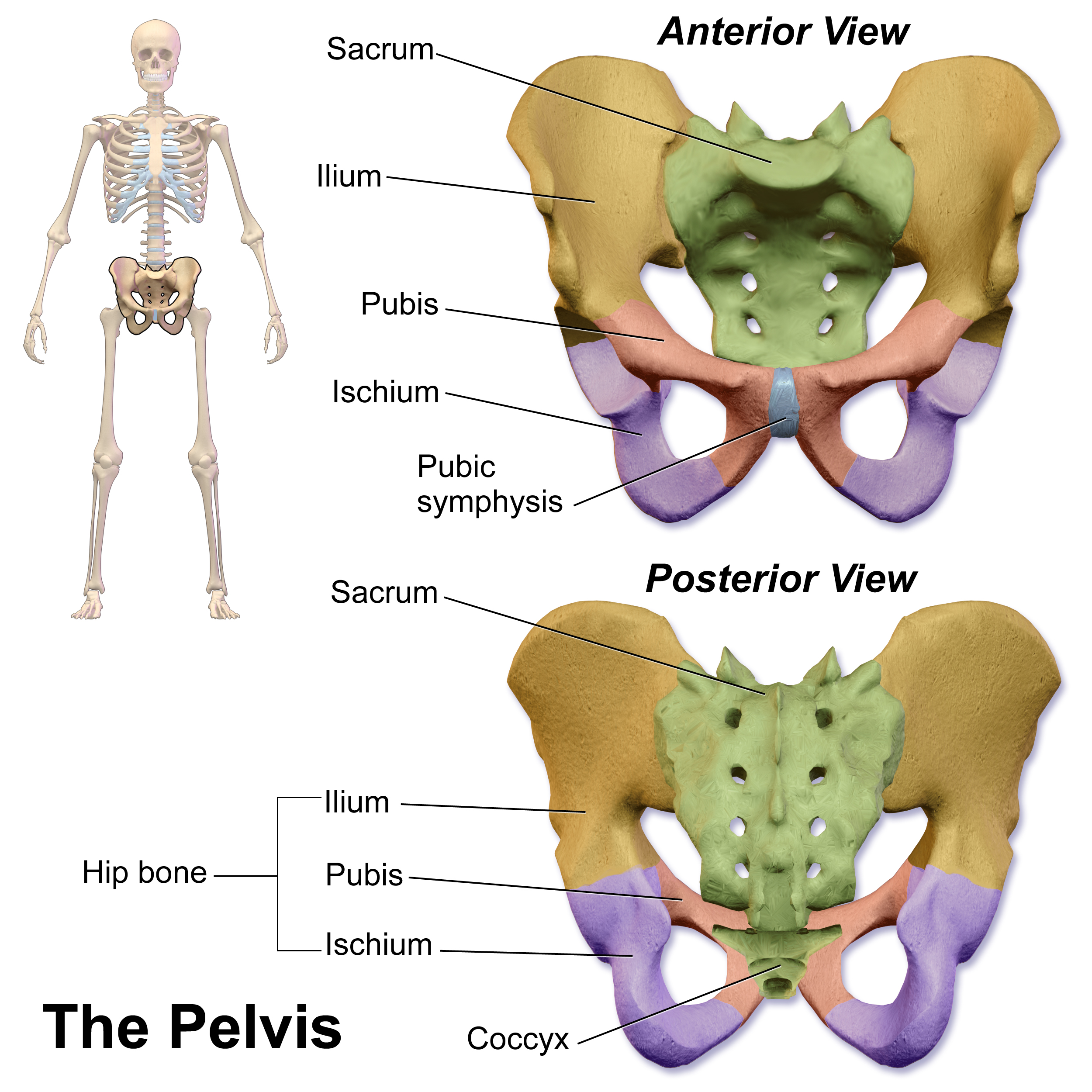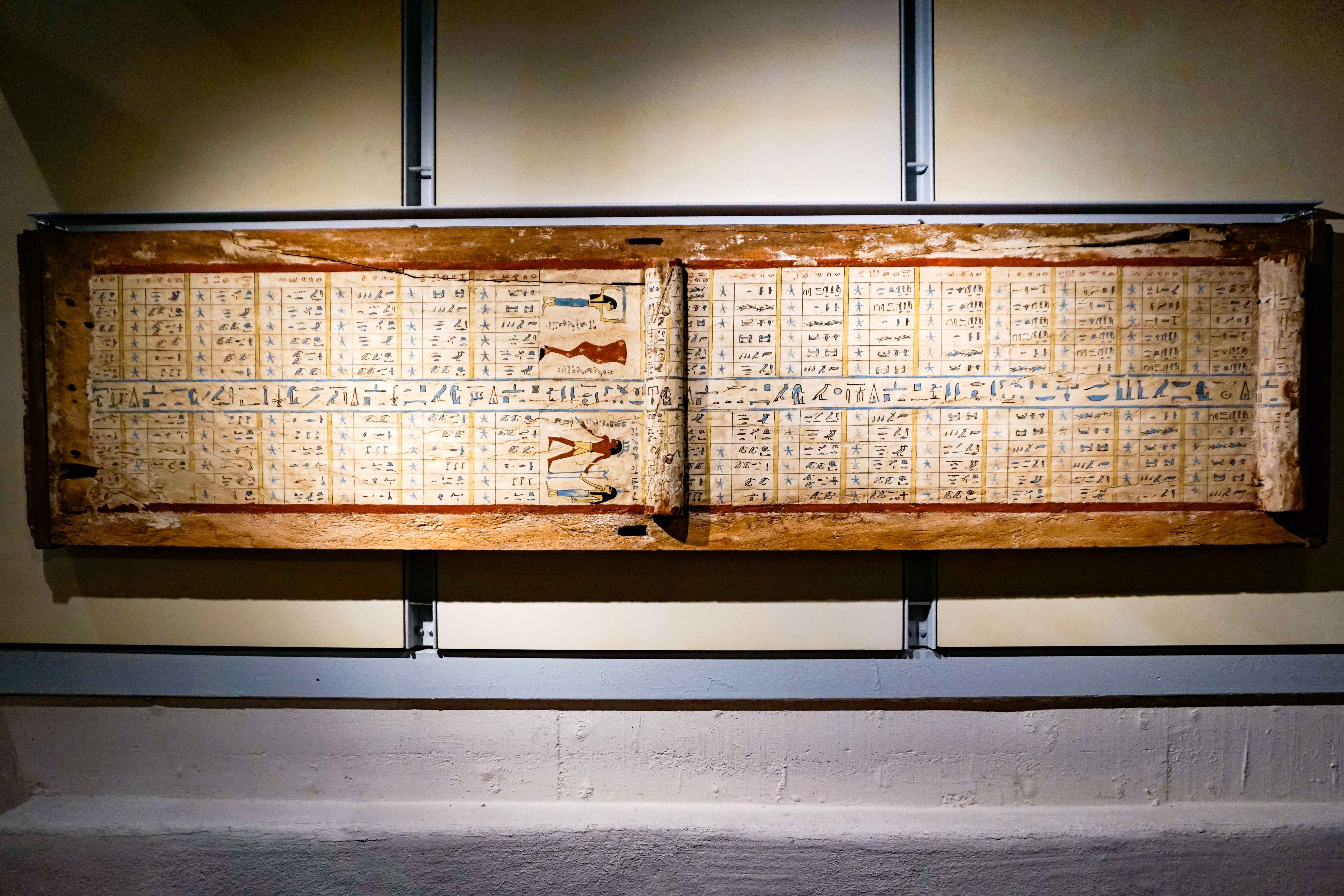|
Franz Breit (obstetrician)
Franz Breit (1 July 1817, in Mieders – 17 August 1868, in Tübingen) was an Austrian obstetrician. He studied medicine in Vienna, Prague and Padua,ADB: Breit, Franz Xaver at Allgemeine Deutsche Biographie and was later an obstetrician and assistant to professor Johann Klein of the maternity clinic at the Vienna General Hospital in Austria. He was appointed to professor and chair of obstetrics at the University of Tübingen on 20 March 1847 allowing Ignaz Semmelweis to become assistant to the professor. Franz Breit succeeded Eduard Lumpe (obstetrician), Eduard Lumpe as assistant to professor Klein. Among his written works were three obstetrical treatises published in Wilhelm Roser, Roser and Karl Reinhold August Wunderlich, Wunderlich's ''Archiv für physiologische Heilkunde''. In 1854 he published ''Über d ... [...More Info...] [...Related Items...] OR: [Wikipedia] [Google] [Baidu] |
Mieders
Mieders is a municipality in the southern part of the district Innsbruck-Land in the Austrian state of Tyrol (state), Tyrol. It is located on the right side of the Stubaital 10.60 km south of Innsbruck. History Founded in 1100, the scattered village is located on a gently rising slope of the valley at the foot of the 2718 m high Serles. Inhabited from the early Middle Ages, the centre has houses decorated with baroque frescoes. Population Tourism Two seasonal tourist resorts are located directly at the bottom of the skiing and hiking area Serlesbahnen. The slopes are also known for a summer alpine coaster (monorail), which extends from the top station to the base station of the gondola, leading through the lower wooded slopes of the forest, parallel to the route of the cable car. Transportation The town of Innsbruck is connected by a bus line. Neighboring municipalities *Fulpmes *Mühlbachl *Schönberg im Stubaital *Telfes References External links Cities a ... [...More Info...] [...Related Items...] OR: [Wikipedia] [Google] [Baidu] |
Ignaz Semmelweis
Ignaz Philipp Semmelweis (; ; 1 July 1818 – 13 August 1865) was a Hungarian physician and scientist of German descent who was an early pioneer of antiseptic procedures and was described as the "saviour of mothers". Postpartum infections, Postpartum infection, also known as puerperal fever or childbed fever, consists of any bacterial infection of the reproductive tract following birth and in the 19th century was common and often fatal. Semmelweis discovered that the incidence of infection could be drastically reduced by requiring healthcare workers in Obstetrics, obstetrical clinics to disinfect their hands. In 1847, he proposed hand washing with calcium hypochlorite, chlorinated lime solutions at Vienna General Hospital's First Obstetrical Clinic, where doctors' wards had three times the mortality of Midwifery, midwives' wards. The maternal mortality rate dropped from 18% to less than 2%, and he published a book of his findings, ''Etiology, Concept and Prophylaxis of Child ... [...More Info...] [...Related Items...] OR: [Wikipedia] [Google] [Baidu] |
Physicians From The Austrian Empire
A physician, medical practitioner (British English), medical doctor, or simply doctor is a health professional who practices medicine, which is concerned with promoting, maintaining or restoring health through the study, diagnosis, prognosis and treatment of disease, injury, and other physical and mental impairments. Physicians may focus their practice on certain disease categories, types of patients, and methods of treatment—known as specialities—or they may assume responsibility for the provision of continuing and comprehensive medical care to individuals, families, and communities—known as general practice. Medical practice properly requires both a detailed knowledge of the academic disciplines, such as anatomy and physiology, underlying diseases, and their treatment, which is the science of medicine, and a decent competence in its applied practice, which is the art or craft of the profession. Both the role of the physician and the meaning of the word itself vary a ... [...More Info...] [...Related Items...] OR: [Wikipedia] [Google] [Baidu] |
People From Innsbruck-Land District
The term "the people" refers to the public or common mass of people of a polity. As such it is a concept of human rights law, international law as well as constitutional law, particularly used for claims of popular sovereignty. In contrast, a people is any plurality of persons considered as a whole. Used in politics and law, the term "a people" refers to the collective or community of an ethnic group or nation. Concepts Legal Chapter One, Article One of the Charter of the United Nations states that "peoples" have the right to self-determination. Though the mere status as peoples and the right to self-determination, as for example in the case of Indigenous peoples (''peoples'', as in all groups of indigenous people, not merely all indigenous persons as in ''indigenous people''), does not automatically provide for independent sovereignty and therefore secession. Indeed, judge Ivor Jennings identified the inherent problems in the right of "peoples" to self-determination, as i ... [...More Info...] [...Related Items...] OR: [Wikipedia] [Google] [Baidu] |
1868 Deaths
Events January * January 2 – British Expedition to Abyssinia: Robert Napier leads an expedition to free captive British officials and missionaries. * January 3 – The 15-year-old Mutsuhito, Emperor Meiji of Japan, declares the ''Meiji Restoration'', his own restoration to full power, under the influence of supporters from the Chōshū and Satsuma Domains, and against the supporters of the Tokugawa shogunate, triggering the Boshin War. * January 5 – Paraguayan War: Brazilian Army commander Luís Alves de Lima e Silva, Duke of Caxias, enters Asunción, Paraguay's capital. Some days later he declares the war is over. Nevertheless, Francisco Solano López, Paraguay's president, prepares guerrillas to fight in the countryside. * January 7 – The Arkansas constitutional convention meets in Little Rock. * January 9 – Penal transportation from Britain to Australia ends, with arrival of the convict ship ''Hougoumont'' in Western Australia, after a ... [...More Info...] [...Related Items...] OR: [Wikipedia] [Google] [Baidu] |
1817 Births
Events January–March * January 1 – Sailing through the Sandwich Islands, Otto von Kotzebue discovers New Year Island. * January 19 – An army of 5,423 soldiers, led by General José de San Martín, starts crossing the Andes from Argentina, to liberate Chile and then Peru. * January 20 – Ram Mohan Roy and David Hare found Hindu College, Calcutta, offering instructions in English on Western subjects, including other European languages. * February 12 – Battle of Chacabuco: Argentine and Chilean soldiers of the United Provinces of the Río de la Plata defeat the Spanish royalist troops in what is now Chile, marking the turning point in the war against European rule of South America. * March 3 ** On his last day in office, U.S. President James Madison vetoes John C. Calhoun's Bonus Bill as unconstitutional after it has passed both houses of the U.S. Congress. ** The U.S. Congress passes a law to split the Mississippi Territory, after Mis ... [...More Info...] [...Related Items...] OR: [Wikipedia] [Google] [Baidu] |
Puerperium
The postpartum (or postnatal) period begins after childbirth and is typically considered to last for six to eight weeks. There are three distinct phases of the postnatal period; the acute phase, lasting for six to twelve hours after birth; the subacute phase, lasting six weeks; and the delayed phase, lasting up to six months. During the delayed phase, some changes to the genitourinary system take much longer to resolve and may result in conditions such as urinary incontinence. The World Health Organization (WHO) describes the postnatal period as the most critical and yet the most neglected phase in the lives of mothers and babies. Most maternal and newborn deaths occur during this period. In scientific literature, the term is commonly abbreviated to P''x'', where ''x'' is a number; for example, "day P5" should be read as "the fifth day after birth". This is not to be confused with the medical nomenclature that uses G P to stand for number and outcomes of pregnancy (gravidity an ... [...More Info...] [...Related Items...] OR: [Wikipedia] [Google] [Baidu] |
Symphysis Pubis
The pubic symphysis (: symphyses) is a secondary cartilaginous joint between the left and right superior rami of the pubis of the hip bones. It is in front of and below the urinary bladder. In males, the suspensory ligament of the penis attaches to the pubic symphysis. In females, the pubic symphysis is attached to the suspensory ligament of the clitoris. In most adults, it can be moved roughly 2 mm and with 1 degree rotation. This increases for women at the time of childbirth. The name comes from the Greek word ''symphysis'', meaning 'growing together'. Structure The pubic symphysis is a nonsynovial amphiarthrodial joint. The width of the pubic symphysis at the front is 3–5 mm greater than its width at the back. This joint is connected by fibrocartilage and may contain a fluid-filled cavity; the center is avascular, possibly due to the nature of the compressive forces passing through this joint, which may lead to harmful vascular disease. The ends of both pubic ... [...More Info...] [...Related Items...] OR: [Wikipedia] [Google] [Baidu] |
Karl Reinhold August Wunderlich
Carl Reinhold August Wunderlich (4 August 1815, Sulz am Neckar – 25 September 1877, Leipzig) was a German physician, pioneer psychiatrist, and medical professor. He is known for his measurement of mean normal human body temperature of 37 °C (98.6 °F), now known more accurately to be about 36.8 °C (98.2 °F). Life and career He attended grammar school in Stuttgart and at the age of eighteen he began his medical studies at University of Tübingen, where he completed his final exams in 1837. In 1838 he worked as assistant at St Catharine's Hospital in Stuttgart, and wrote his MD thesis. Two years later he wrote his MD habilitation on internal medicine at University of Tübingen. In 1846, he was appointed Professor (ordentlicher Professor) and head of the general hospital at Tübingen. He moved to Leipzig University as Professor and Medical Director of the university hospital four years later. There he introduced clinical pedagogy, combined with a ... [...More Info...] [...Related Items...] OR: [Wikipedia] [Google] [Baidu] |
Wilhelm Roser
Wilhelm Roser (26 March 1817 – 16 December 1888) was a German surgeon and ophthalmologist. He was born in Stuttgart and died in Marburg. In 1839 he received his medical doctorate from the University of Tübingen, and afterwards continued his education in Würzburg, Halle, Vienna and Paris. In 1841 he returned to Tübingen, where he was habilitated for surgery. In 1846 he practiced medicine in Reutlingen, and later succeeded Eduard Zeis (1807–1868) as professor of surgery at the University of Marburg. Roser would remain at Marburg for the remainder of his career. With his lifelong friends, clinician Carl Wunderlich (1815–1877) and neurologist Wilhelm Griesinger (1817–1868), he founded a journal of physiological medicine titled ''Archiv für physiologische Heilkunde''. He published over 150 medical papers, and was the author of ''Handbuch der anatomischen Chirurgie'', a textbook on anatomical surgery that ran through eight editions, and was translated into French and Engl ... [...More Info...] [...Related Items...] OR: [Wikipedia] [Google] [Baidu] |
Eduard Lumpe (obstetrician)
Eduard Lumpe (1813–1876) was an obstetrician working in Vienna General Hospital as assistant to professor Johann Klein. He is mainly known for compiling a list of causes for childbed fever in 1845, reflecting the (in retrospect: limited) insights at the time. The disease was predominantly epidemic, i.e. due to miasmatic influences. Other causal factors included: general deprivation, worry, shame, attempted abortion, fear of death, dietary disorders, exposure to cold, local miasmas and difficult delivery. Ignaz Semmelweis ridiculed Lumpe's work. Lumpe's work reflected mainstream views, see for instance the work of Charles Delucena Meigs Charles Delucena Meigs ( ; February 19, 1792June 22, 1869) was an American obstetrician who worked as chair of obstetrics and diseases of women at Thomas Jefferson University, Jefferson Medical College from 1841 to 1861. He worked as editor of '' ...Meigs(1854):179ff for a similar American account in 1854. References * * * Notes ... [...More Info...] [...Related Items...] OR: [Wikipedia] [Google] [Baidu] |
University Of Tübingen
The University of Tübingen, officially the Eberhard Karl University of Tübingen (; ), is a public research university located in the city of Tübingen, Baden-Württemberg, Germany. The University of Tübingen is one of eleven German Excellence Universities. The University of Tübingen is especially known as a centre for the study of plant biology, medicine, law, archeology, ancient cultures, philosophy, theology, religious studies, humanities, and more recently as a center of excellence for artificial intelligence. The university's noted alumni and faculty include presidents, a pope, EU Commissioners, judges of the Federal Constitutional Court, and Johannes Kepler. The university is associated with eleven List of Nobel laureates, Nobel laureates, especially in the fields of medicine and chemistry. History The University of Tübingen was founded in 1477 by Count Eberhard I, Duke of Württemberg, Eberhard V (Eberhard im Bart, 1445–1496), later the first Duke of Württemberg ... [...More Info...] [...Related Items...] OR: [Wikipedia] [Google] [Baidu] |







